Vietnam eager to complete integral transport infrastructure to attract FDI
Vinaconex, the contractor of the Mai Son National Highway No.45 in Ninh Binh province, is hurrying to complete the remaining 10 per cent of the workload to open for traffic by the end of April.
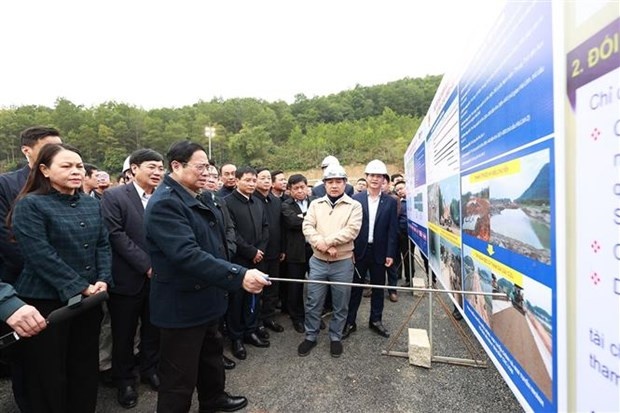 |
| PM Pham Minh Chinh inspects construction of the Mai Son-National Highway 45 project (Photo: VNA) |
The $521.7 million section spans 63km and goes through Thanh Hoa and Ninh Binh provinces. Once completed, it will take only two hours to get from Hanoi to Thanh Hoa instead of three hours.
The highway is one of seven North-South Expressway component projects that will be completed and put into operation this year, according to the Ministry of Transport (MoT).
The other ventures are Vinh Hai-Phan Thiet, Phan Thiet-Dau Giay, National Highway No.45-Nghi Son, Nghi Son-Dien Chau, Nha Trang-Cam Lam, and My Thuan 2 Bridge.
They are part of the first phase of the colossal North-South Expressway project, which was planned for the 2017-2020 period and comprises a total of 11 component projects.
To help smooth construction progress, Prime Minister Pham Minh Chinh in March signed a directive to speed up the allocation and disbursement of public investment capital. “Ministries, central agencies, and localities are requested to put in place disbursement plans for every project and strictly follow the disbursement plans, and review and handle arising hurdles,” Prime Minister Chinh said.
“All stakeholders must focus on site clearance, compensation, support for resettlement, and mass mobilisation in a timely manner and in accordance with regulations, ensuring compliance with the law and harmonising the interests of the state and the people,” he said.
Along with these expressway projects, the government is assigning works relating to expanding aviation infrastructure. Notably, the MoT is urgently completing a draft master plan on the development of airports nationwide for the 2021-2030 period with a vision until 2050, for submission to the prime minister for consideration and approval before April 30.
Under the draft, six new airports will be built over the next 10 years, raising the country’s total to 28, half of which will be international airports.
The 28 airports will be capable of catering to some 278 million passengers annually, and more than 95 per cent of the population will live within 100km of an airport. Deputy Prime Minister Tran Hong Ha asked the MoT to add the Thanh Son military airport in the central province of Ninh Thuan to the master plan.
Earlier, the prime minister set up a working group to study and review the possibility of exploiting both Thanh Son and Bien Hoa military airports in the southern province of Dong Nai for civilian purposes, to draw more investors and tourists.
The prime minister also asked for study of the plans to implement the airports of Na San (Son La province), Vinh (Nghe An province), Chu Lai (Quang Nam province), and Can Tho (Can Tho city) under the form of public-private partnerships.
Trang Minh Ha, chairman of consulting and training firm North Stars Asia, said, “The government’s $15.2 billion support package to promote public investment in projects like the North-South Expressway and Long Thanh International Airport has contributed to helping reduce logistics costs in Vietnam significantly, thereby increasing the investment potential of its industrial zones.”
“In addition, the synchronised infrastructure system will connect multiple economic zones, and seaports, giving a boost to socioeconomic development,” he added.
Many localities have signed development cooperation programmes to strengthen regional links, investment cooperation, strategy development, and inter-regional planning infrastructure planning.
For example, the southeastern region will continue to be the major foreign investment magnet of the country, according to the Ministry of Planning and Investment’s Foreign Investment Agency.
In order to attract investors, over recent years, the region has focused on developing infrastructure to strengthen regional connectivity. The 76.3km Ring Road 3 crossing Ho Chi Minh City, Binh Duong, Dong Nai, and Long An will be launched in the next few months, contributing to motivating the region’s development.
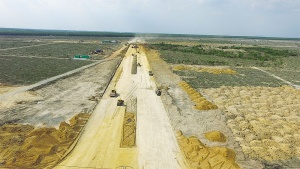 | Localities race to complete infrastructure for big gains Many localities around the country are in a race to attract foreign direct investment via various channels including boosting infrastructure development. |
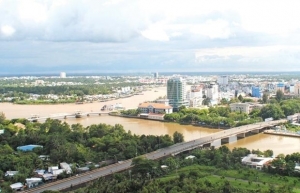 | Can Tho needs to improve transport infrastructure to lure more investments: RoK official The Mekong Delta city of Can Tho will improve transport infrastructure and issue special policies to attract businesses, especially those from the Republic of Korea (RoK), said Min Moon-ki, Commercial Attaché of the Republic of Korea (RoK) Embassy in Vietnam. |
 | Transport infrastructure elevates Ixora Ho Tram With synchronous transport infrastructure – from highways and seaports to coastal routes and Long Thanh International Airport – Ho Tram is considered one of the top beneficiaries of the government’s effort to promote regional connectivity. All create a new face for the new capital of the southern tourism market with high-end resort projects, including Ixora Ho Tram by Fusion. |
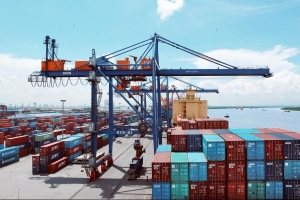 | Red River Delta to develop more transport infrastructure projects By 2045, the Red River Delta region targets developing a synchronised and modern transport infrastructure system through investments in roads, rivers, railways, and aviation. |
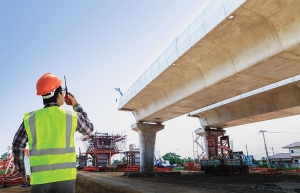 | Identifying genuine hotspots Transport infrastructure with regional connectivity will be accelerated in 2023, which is expected to boost the coastal real estate market and open breakthrough opportunities. |
 | Bac Giang province invests in developing transport infrastructure Besides State capital, the northern province of Bac Giang will attract non-State capital for investment in the field, particularly that from businesses to develop transport services infrastructure like inland waterway ports, bus stations, parking lots, and roadside rest stops. |
What the stars mean:
★ Poor ★ ★ Promising ★★★ Good ★★★★ Very good ★★★★★ Exceptional
Related Contents
Latest News
More News
- Global partnerships key to Vietnam’s IFC development (December 26, 2025 | 16:18)
- Vingroup pulls out of bid to invest in North-South high-speed railway (December 26, 2025 | 11:42)
- Strengthening supply chains through trade promotions and customs reform (December 24, 2025 | 14:00)
- PM orders investment model for North–South high-speed rail (December 22, 2025 | 17:43)
- LS Eco Energy to invest in Vietnam rare earth sector (December 22, 2025 | 17:31)
- Government moves to establish International Financial Centre (December 21, 2025 | 21:00)
- Vietnam's IFC to target global investment flows (December 21, 2025 | 18:00)
- Two national hospitals expand capacity with new facilities (December 20, 2025 | 09:00)
- Ha Tinh breaks ground on major Vingroup industrial and energy projects (December 19, 2025 | 18:24)
- EVN launches major power infrastructure projects nationwide (December 19, 2025 | 18:17)

 Tag:
Tag:




















 Mobile Version
Mobile Version